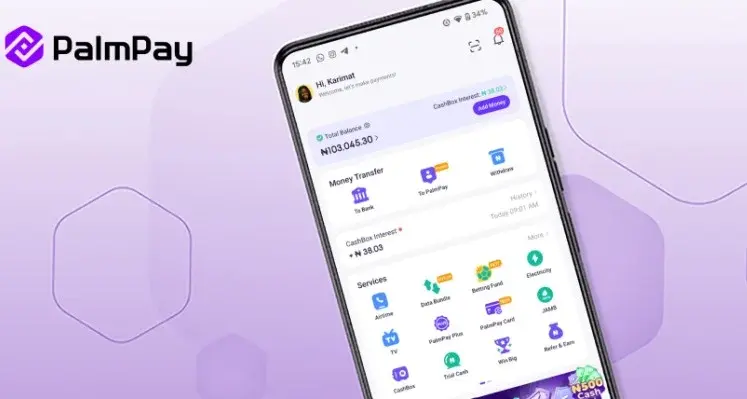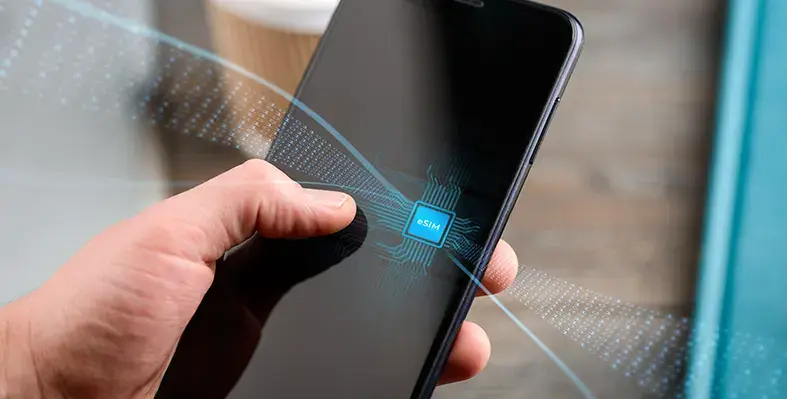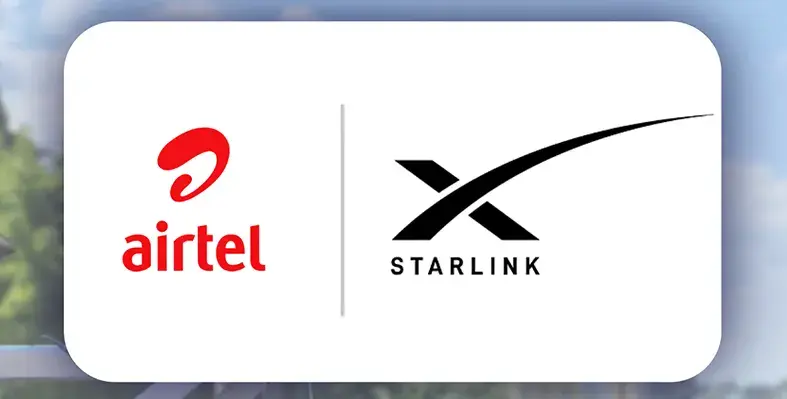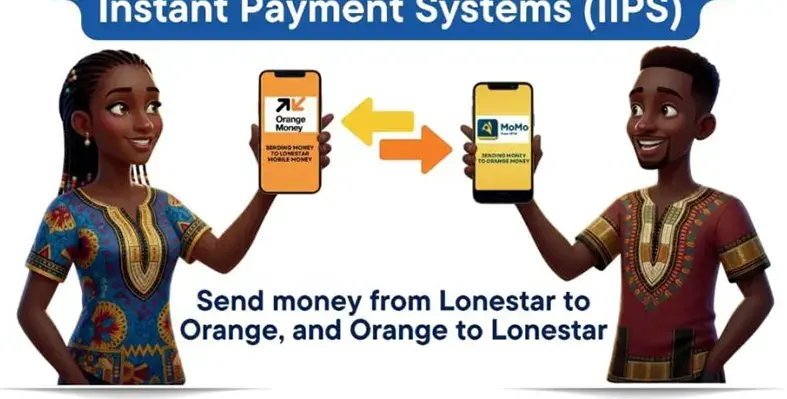Page 1 of 2Broadband prices drop by more than 50 per cent; high-income economies of Europe and Asia-Pacific are most affordable markets; fast Internet still out of reach in developing world
Consumers and businesses globally are paying on average 18 per cent less for entry-level information and communication technology (ICT) services than they were two years ago – and more than 50 per cent less for high-speed Internet connections, according to new figures recently released by ITU.
Data from ITU’s 2010 ICT Price Basket also show that relative prices for mobile cellular services decreased by almost 22 per cent from 2008 to 2010, while fixed telephony costs declined by an average of 7 per cent. Over the same period, the number of mobile cellular subscriptions worldwide grew from 4.0 to 5.3bn.
Looking forward
“With ICTs now a primary driver of social and economic development, these results are highly encouraging,” said ITU Secretary-General Dr Hamadoun Touré. “Our next challenge is to find strategies to replicate the ‘mobile miracle’ for broadband, which is fast becoming basic infrastructure. Countries without affordable broadband access risk falling quickly behind.”
ITU’s ICT Price Basket (IPB) is a composite affordability measure based on three sub-baskets – fixed telephone, mobile cellular and fixed broadband Internet services – and computed as a percentage of average Gross National Income (GNI) per capita.
As a comprehensive benchmarking tool, the IPB monitors the relative price of ICT services and provides an indication of how affordable services are, across countries, and over time.
Comparison
Published annually, the latest IPB compares 2008 and 2010 tariffs at global and regional levels and highlights the difference in prices between developed and developing regions. Covering 165 economies, it is the only price basket to monitor the affordability of ICT services worldwide.
ICTs most affordable in the richest countries
This year’s IPB figures underline the fact that pricing remains a major factor in perpetuating the ‘digital divide’ between rich and poor. IPB results reveal a close link between the affordability of ICT services and national income levels: people in high-income countries pay relatively little for ICT services, while those in the world’s poorest countries pay relatively more.
All the economies at the top of the ICT Price Basket (indicating most affordable ICT services) have high GNI per capita, including many small economies, such as Monaco, Macao (China), Liechtenstein, Hong Kong (China) and Singapore.
ICT prices correspond to less than one per cent of GNI per capita in much of Europe and Asia and the Pacific’s high income economies, as well as in the US and Canada.
At the other end of the scale, the cost of ICT services averages 17 per cent of GNI per capita in developing countries.
Fixed broadband prices falling steeply
The overall fall in prices for fixed broadband services is mainly due to price decreases in developing countries, where the fixed broadband sub-basket dropped by 52%, compared to 35 per cent in developed countries.
However, it should be noted that steep price drops often reflect the extremely high cost of broadband in developing countries. Even at half the price, the service is often still far beyond the pockets of average citizens.






















